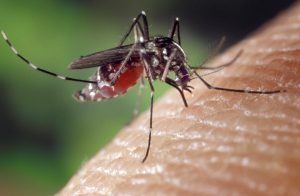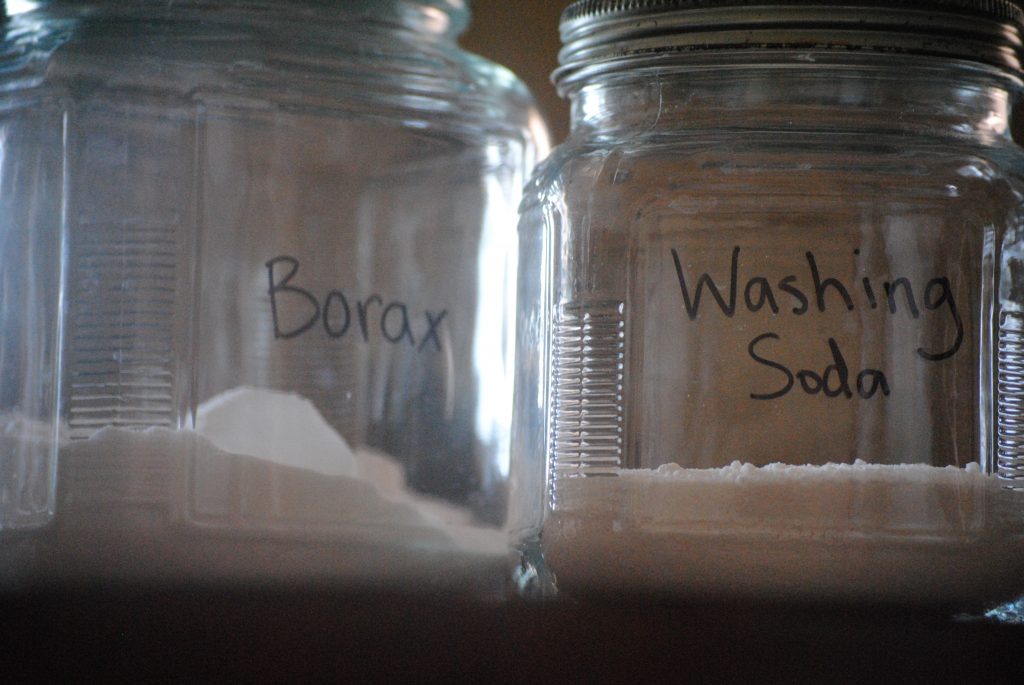Homesteaders learn to make a lot of their own things. Not always due to a calling for sustainability, though that is definitely a major reason for most, sometimes out of necessity.
We started making our own laundry detergent, shampoo, dish soap, house cleaners, and other household products out of a need for frugality. We lived nearly an hour away from any major stores in the mountains and a trip to town cost us $25 in gas, round trip.
Self-sustainable took on a whole new meaning for us when we moved to our homestead. Looking for affordable home-made options with ingredients we could purchase in bulk made all the difference.
We began to look for other ways to make our own laundry soap, shampoo, conditioner, dishwashing liquid, and body soap. It didn’t just have to be adequate it had to be excellent to stand up to the level of stains and messes homesteading had to offer.
Until WWI all laundry was washed using soap but soap is made using fats or oils and there was a shortage of these during the war. This is when detergents emerged.
In our home, we chose to use soap, rather than detergent, in our recipes because we are on a septic tank and also close to a waterway. Detergents are generally known to be toxic to wildlife and fish. We figure this extends to livestock. A big issue for homesteaders.
All laundry “detergent” as we call all laundry cleaning agents these days, whether they actually contain detergent or soap, must also have an alkali to soften hard water. Washing soda works well for this.
Most commercial detergents also contain brighteners, sodium percarbonate is a good off-grid natural alternative to the chemical options.
OUR RECIPE
- 2 parts Washing Soda (this is not baking soda)
- 2 parts Borax (optional, double Washing Soda if you don’t use this)
- 2 parts grated bar of soap, 3-4 ounces each bar (we use Castile soap or homemade goat milk soap)
- 1 part Sodium Percarbonate
A NOTE ON WHITES
As far as getting your laundry white goes, most whitening products on the market are optical brighteners. They don’t actually whiten your clothing but coat it with a substance that makes the clothing appear more white. On the homestead, we avoid white clothing in general but there are always a few items that must be washed separately in a “whites” load.
For this, we soak the items in a hydrogen-peroxide and hot water-filled tub. Lemon juice and water or Sodium Percarbonate work too. Then, use warm water and put the clothes in for an extra-long cycle and line dry them in full sun.
 As a family, we enjoy collecting wild grapes, fennel, blackberries, dandelion, chicory, chickweed, miner’s lettuce, mushrooms, elderberries, and more to augment our own supply of fresh and preserved foods. Foraged foods are free, and they are fun to collect.
As a family, we enjoy collecting wild grapes, fennel, blackberries, dandelion, chicory, chickweed, miner’s lettuce, mushrooms, elderberries, and more to augment our own supply of fresh and preserved foods. Foraged foods are free, and they are fun to collect.
 already talked about preserving herbs by drying them. Its an excellent method. However, sometimes you just want the fresh herb flavor, especially in a pesto or something calling for fresh garlic.
already talked about preserving herbs by drying them. Its an excellent method. However, sometimes you just want the fresh herb flavor, especially in a pesto or something calling for fresh garlic. Preserving food is at the heart of homesteading. There are many ways to preserve food but canning is one that many of us think of when we think of putting food up.
Preserving food is at the heart of homesteading. There are many ways to preserve food but canning is one that many of us think of when we think of putting food up.



